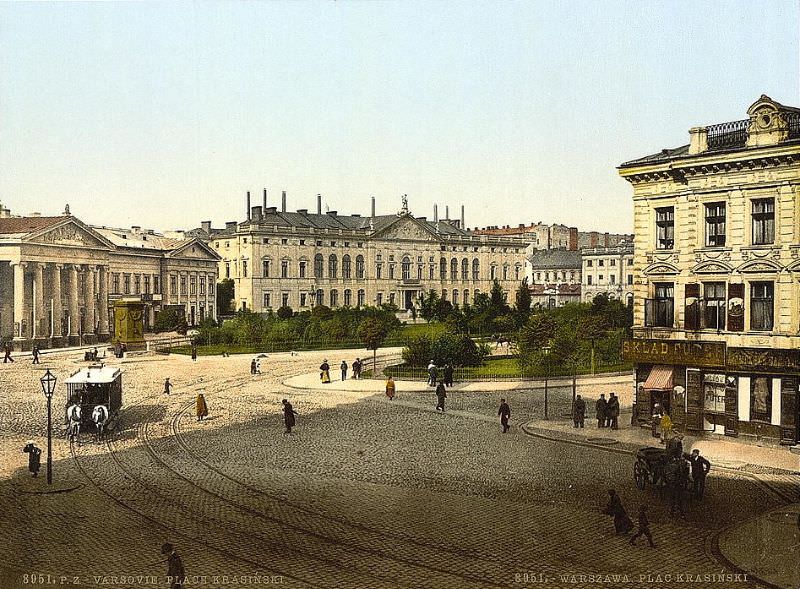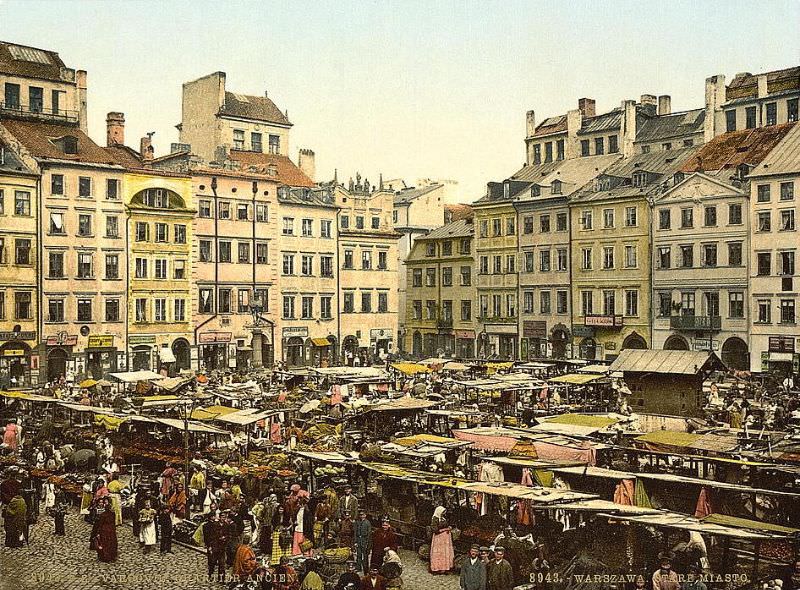During the 19th century, Warsaw thrived under Mayor Sokrates Starynkiewicz. Warsaw built its first water and sewer systems and expanded and modernized tram, street lighting, and gas infrastructure during his tenure.
Rapid urbanization and industrialization led to a 134% increase in population between 1850 and 1882. Many Masovian villagers moved to the city in search of employment. Western Wola was transformed from a rural area occupied predominantly by small farms and windmills (the Mlyow neighborhood in the center of Wola is named after a windmill) to an industrial and manufacturing hub. Metal, textile, and glassware factories dominated the westernmost skyline.
Similarly to London, Warsaw’s population was segmented according to income. The gentrification of inner suburbs has forced poorer residents to migrate across the river to Praga, Powiśle, and Solec, like the East End of London and London Docklands. Jewish minorities settled in the crowded parts of northern Warsaw, in Muranów, along with other religious and ethnic minorities. In 1897, 626,000 people were living in Warsaw, making it the third-largest city in the Empire after St. Petersburg and Moscow. There were also grand architectural complexes and structures in the city centre, such as the Warsaw Philharmonic, the Church of the Holiest Saviour, and tenements along Marszałkowska Street.
These stunning photochrom prints will take you back to Warsaw in the late-19th Century.
























